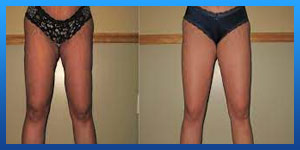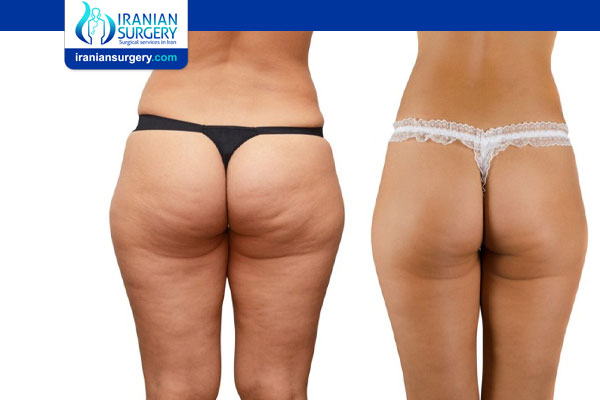Can you fix botched liposuction
Botched Liposuction
Botched Liposuction--What Does This Mean?
When diet and exercise can’t rid you of excess fatty deposits, liposuction can be an effective option to slim down certain body parts. There are many forms of liposuction, but the traditional method uses a cannula to remove fat from the body in order to change the shape or contour of certain areas such as the hips, thighs, buttocks, lower back or “love handles”, abdominal area, and even under the chin/neck area. But liposuction is not just a procedure using a “vacuum” type device pulling out unwanted fat. A plastic surgeon must take great care in making sure they don’t damage tissue or blood vessels that surround the fat cells being removed. If a surgeon aggressively removes fat cells in an even manner or in a careless way, severe skin indentations and deformities can occur. When this happens or a surgeon takes too much or too little fat from an area it can cause the skin to look bumpy, have ridges or look “rippled”.

Read more about : Liposuction results week by week
Can Botched Liposuction Be Corrected?
There’s nothing worse than realizing that a previous cosmetic procedure didn’t turn out the way you hoped. These mistakes can happen as a result of many various problems. In some cases, the patient wasn’t a good candidate for the procedure. In others, the plastic surgeon didn’t have the right experience to perform the procedure successfully. However, no matter the cause of the botched liposuction, there is some good news. Sometimes, the results can change. By choosing a board-certified plastic surgeon who exhibits an understanding of your goals and experience with your procedure, the outlook is good.
What Are the Signs of Liposuction Gone Wrong?
The ill effects from the procedure aren’t always noticeable immediately following the procedure. In fact, it may not be until changes in weight, skin tightness, or muscle tone take place that you see the final effects. Other times, you may realize the poor execution from the start.
. Some of the signs you may notice include the following.
. Uneven areas (“peaks” and “valleys”) where fat was not removed
. Hollow indentations where too much fat was removed
. Skin discolorations
. Squashed or saggy skin
. Not enough fat extracted
In the end, if you’re not happy with your liposuction, know that you have options. In most cases, botched liposuction can be corrected.
How Will A Surgeon Correct The Botched Liposuction?
Correction is unique to each person. However, you can expect a combination of liposculpture and fat transfer methods.
Liposculpture removes excess fat from “hills” on the body to result in a smoother, flatter look. On the other hand, fat transfer removes fat from areas where “valleys” are present. The surgeon then transfers the fat to depressed areas. Again, the end result is smoother, even-level skin.
If the indentations are fairly close together, liposculpture may not be necessary. Instead, the surgeon can shift the existing fat to eliminate the grooves and make the skin level. Your surgeon can use the same incisions from the previous surgery. In this way, he or she doesn’t have to make new cuts in the skin.
Read more about : How to massage lumps after liposuction?
How Long Is the Recovery Period from Liposuction Correction?
Liposuction correction has a quick downtime period, usually around a couple of days. The most common side effects are discomfort, swelling, and bruising. To avoid any further complications, choose a qualified surgeon who has had a lot of experience with liposuction correction. Ask for before and after photos to confirm, as well as testimonials from past clients.
Source:


